The Faroe Islands aren’t exactly known as a budget destination. Flights are pricey, accommodations cater to high-end travellers, eating out can burn a hole in your wallet, and renting a car – the most common way to get around – is rarely cheap. But here’s the good news: it is possible to explore the Faroe Islands without spending a fortune.
I’ve visited the Faroes 14 times and never once splurged on luxury hotels or daily car rentals. Over the years, I’ve learned how to travel the islands affordably, and I’m sharing all my tips here – so you can too!
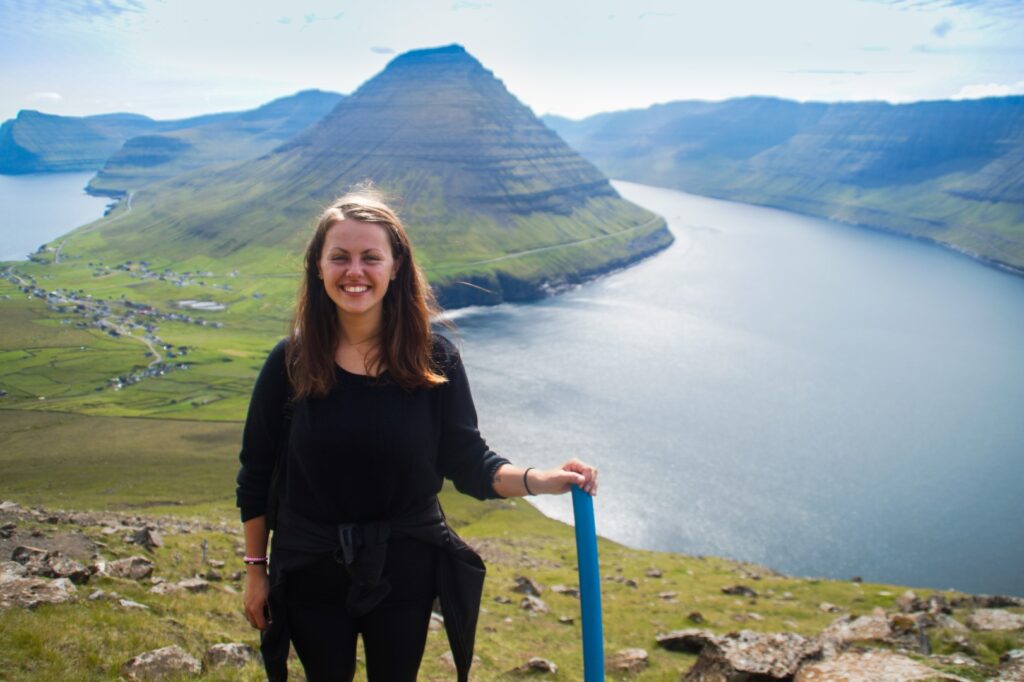
Getting to the Faroe Islands without breaking the bank
Let’s face it: flying to a remote archipelago in the North Atlantic isn’t cheap. But a few strategies can ease the financial sting.
✈️ Youth tickets (under 26)
Atlantic Airways and SAS both offer discounted youth fares for travellers under the age of 26.
Atlantic Airways: Join their Sveiggj programme to find youth tickets (registration and age verification required).
SAS: Discounts on youth tickets of up to 70 % on most routes.
I’ve personally scored flights for as little as 500 DKK one way from Denmark using these deals – even in peak season!
⛴️ Take the ferry
If you’re already in Denmark or Iceland and have time to spare, the Norröna ferry is a scenic and surprisingly affordable option, especially in the off-season. You’ll need to travel from Hirtshals (northern Denmark) or Seyðisfjörður (eastern Iceland).
From Iceland prices for a passenger with no vehicle in a shared cabin start at €90 one-way, and from Denmark prices are from €120 one-way.
The ferry also gives you the option to bring your own car, which can be a great way to avoid expensive car rental costs once you’re in the Faroe Islands.

Budget-friendly accommodation in the Faroe Islands
Forget fancy hotels and overpriced Airbnbs. Here are the real ways to sleep cheap – or even free!
🛏️ Hostels
Giljanes Hostel = This is the only hostel in the Faroes, located on the island of Vágar, and a go-to for backpackers. Cozy, friendly (shoutout to Felix the hostel cat!), and affordable. In the summer, a bed in a shared dorm costs under 300 DKK/night, while you can get it for as low as 100 DKK/night in the off-season.
🏕️ Campsites
Camping is a solid option from spring through autumn (winter is not recommended). Most sites are affordable (typically 100-200 DKK/night), and a few are even free. Here’s a full list of campsites on the Faroe Islands:
🏡 Shelters and cabins
Free shelter at Skarð = Feeling adventurous? Hike to the abandoned village of Skarð on the island of Kunoy, where a small red shelter offers a unique, free overnight stay. Getting there isn’t easy – you’ll need to either hike for about three hours along the coastline from Haraldssund or take a steep and challenging mountain route from the village of Kunoy, which is only advisable with a local guide. Be sure to bring your own sleeping gear and food, as there are no facilities – just abandoned houses, stunning nature, complete solitude, and of course plenty of streams to get clean drinking water.
Spejderhytten in Tvøroyri = A budget cabin on Suðuroy, just 100 DKK per night per person. There is a toilet on site and a clean stream for drinking water. It is located on the opposite side of the fjord from where the ferry docks, at Ovari Vagur 44.
To book: 📞 +298 239390 or ✉️ info(at)tvoroyri.fo
🏕️ Wild camping
Wild camping isn’t legally allowed in the Faroe Islands, as all land is privately owned. However, polite asking often works wonders, especially on remote islands like Fugloy, Koltur, and Skúvoy where there are no campsites. Respect locals and always accept a “no.”
🚗 Car camping
Yes, you can sleep in your car! Parking is free all over the Faroe Islands, and car camping is not as uncomfortable as it sounds – simply recline the front seat as much as you can and prop something under your feet for comfort – or, if you’re on the smaller side like me, stretch out across the back seats! Just avoid blocking driveways or parking at the side of roads, and skip this method if you’re in a campervan or motorhome – it’s only acceptable in small, discreet cars.
🛋️ Couchsurfing
Couchsurfing still exists (though the platform now charges a fee). Over 300 hosts in the Faroes are listed. But keep in mind – Couchsurfing isn’t just about scoring a free place to sleep. It’s a cultural exchange and a unique opportunity to connect with locals and build meaningful friendships!
It may also be worth searching for hosts on other similar platforms, such as BeWelcome, Trustroots and TrustedHousesitters.
🛠️ Workaway
Stay for free by helping with chores! Great for longer stays, Workaway lets you exchange work for free room and board. There are currently over 20 hosts in the Faroe Islands. It is a fantastic way to immerse yourself in Faroese culture, share your own background, and experience the country at a relaxed pace.
💬 Facebook groups
Staying longer than a few weeks? Ask for long-term accommodation on Faroese housing groups on Facebook (such as this one). I once found a six-week rental on Nólsoy for just 4500 DKK!
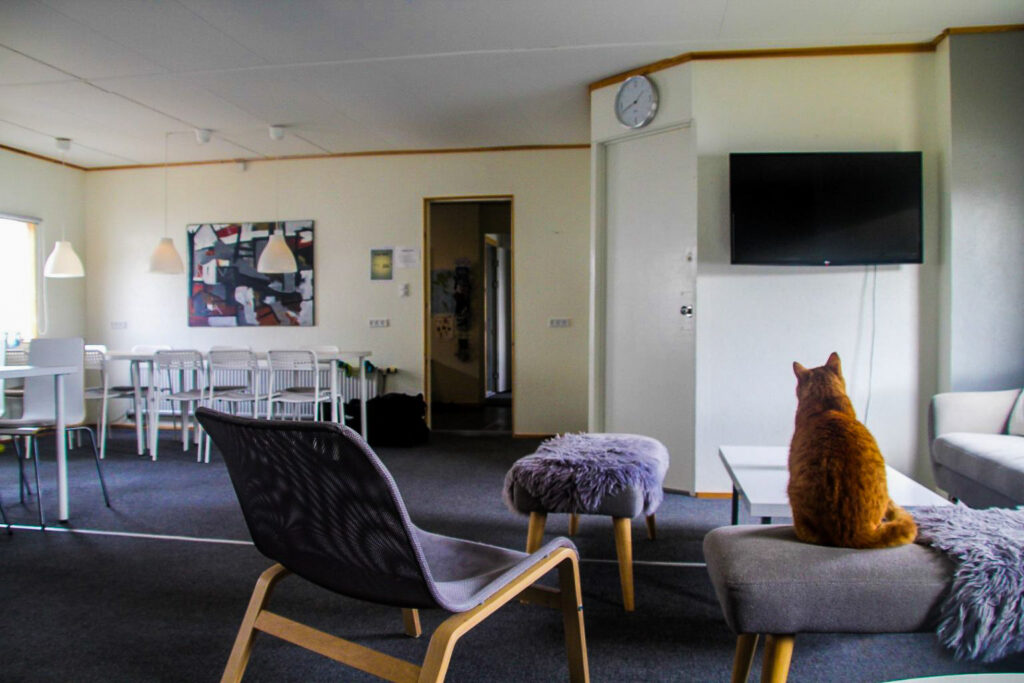

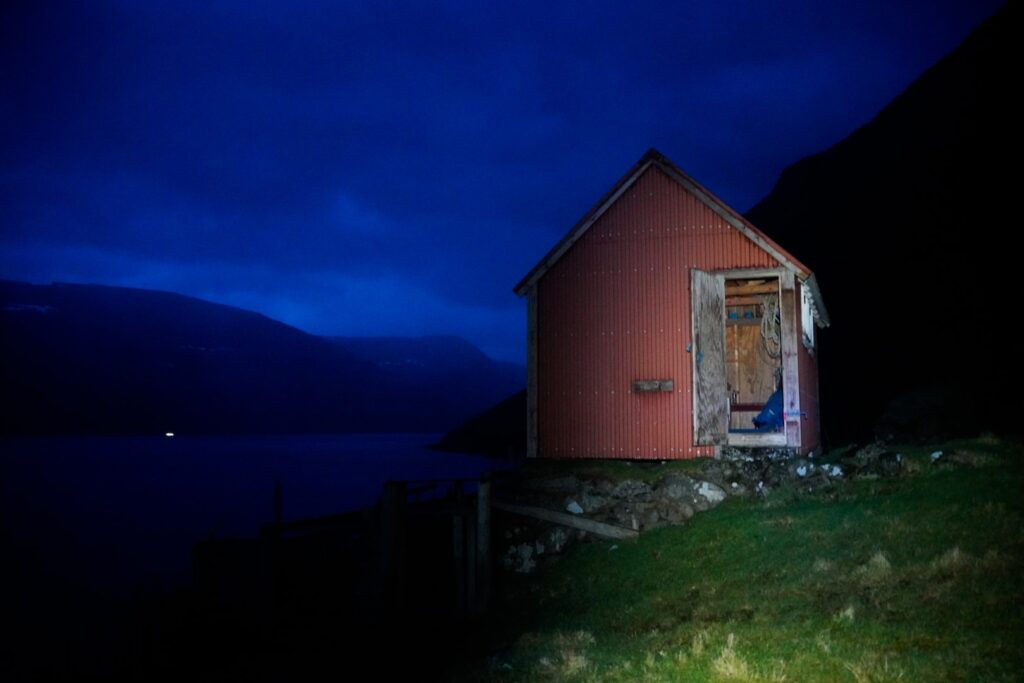
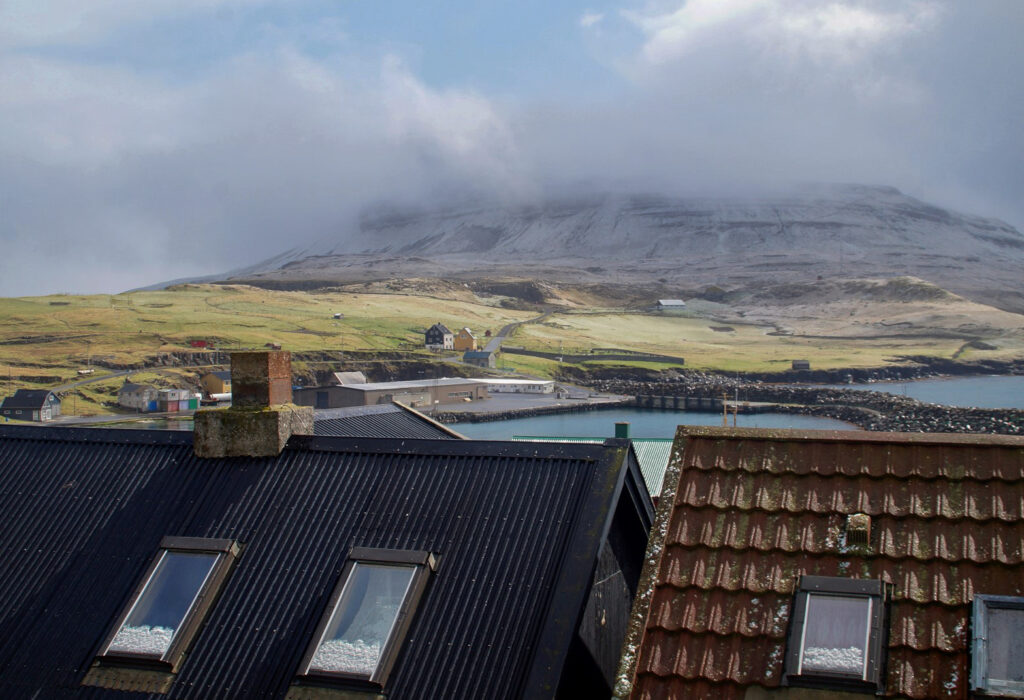
Getting around on the Faroe Islands on a budget
Car rentals are handy but expensive, especially once you add fuel and tunnel fees. Here are cheaper alternatives:
🚌 Public busses
The inter-town bus network is limited and costly, though a tourist travel card offers a decent discount. However, the red city buses in Tórshavn are free (as of June 2025), including routes to Kollafjørður, Kaldbak, and Kirkjubøur.
⛴️ Ferries
Island hopping? Good news: ferry tickets without a car are cheap! Round trips to Kalsoy, Fugloy, Hestur, Svínoy, Nólsoy and Skúvoy cost only 66 DKK. Mykines and Suðuroy are more expensive, but still affordable. See ferry prices here.
🚁 Helicopters
Helicopters used to be a really cheap and convenient way of reaching the smaller islands in the archipelago, however, prices for non-residents soared in 2022. But if you think the experience is worth the splurge, you can still check out the helicopter option here.
👍 Hitchhiking
Easy, safe, and free. Hitchhiking is a great budget-friendly way to explore and connect – just pack some patience and a good story! I’ve hitchhiked all over the Faroes since 2015 and met many wonderful locals along the way. It’s my favourite way to get around the islands!

Eating & drinking on a budget in the Faroe Islands
Restaurants in the Faroe Islands are pricey. If you’re watching your budget, supermarkets are your best bet. Bónus is generally the most affordable chain. Just keep in mind that most supermarkets are closed on Sundays!
And water? You’ll drink some of the cleanest, freshest, most delicious water in the world – straight from the tap or mountain streams. Remember to bring a water bottle and don’t waste money on bottled drinks!
Are you vegan and worried you might not survive on the Faroes? Don’t fret, I’ve got you covered:
↠ How to survive as a vegan on the Faroe Islands ↞

Shopping on a budget in the Faroe Islands
It’s no secret that shopping for clothes, souvenirs, and other items in the Faroe Islands is pricey – but there are still ways to find great deals!
🧥 Second hand stores
Check out the second hand stores in the bigger villages. You can sometimes find handmade Faroese sweaters, mugs, and crafts for a steal! Here’s a list of all second hand stores in the Faroe Islands:

Avoid hiking fees on the Faroe Islands
Several popular trails in the Faroe Islands charge steep access fees. The good news? There are tons of stunning hikes that are still free – and much less crowded too!
Skip the crowds at Trælanípan and Mykines, and explore lesser-known trails for a more authentic experience of the Faroe Islands. I’ve written in detail about the paid hikes, along with my recommendations for alternative routes – check it out here:
↠ Popular hikes restricted: Examining overtourism on the Faroe Islands ↞
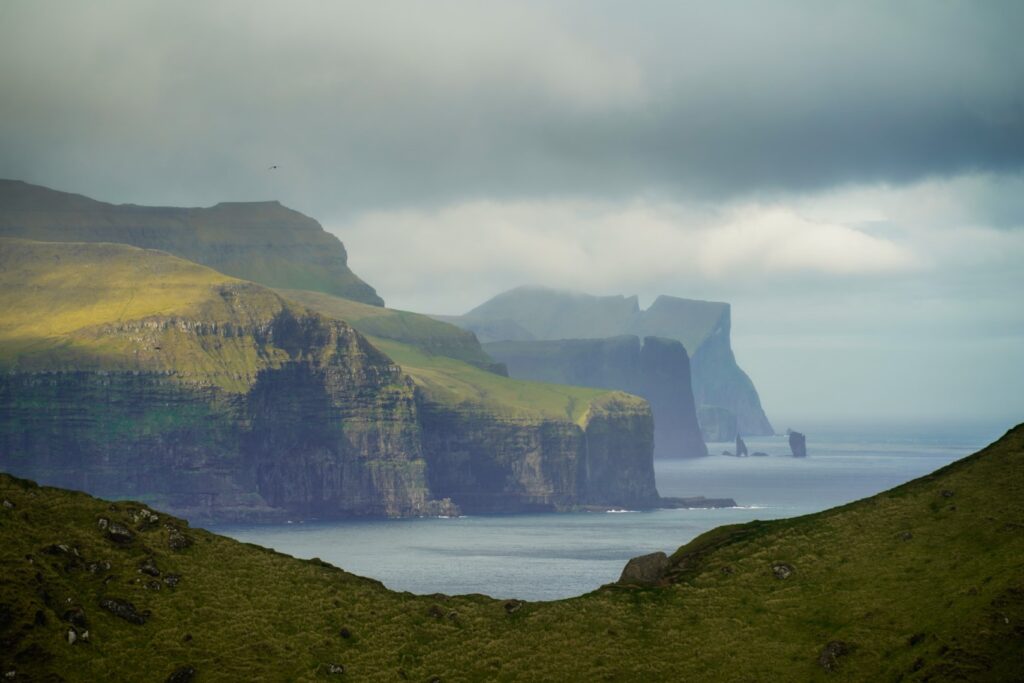
Further guides for travelling in the Faroe Islands
It’s true: the Faroe Islands are remote and pricey. But with the right approach – and a bit of flexibility – you can explore this rugged, beautiful country on a shoestring. Whether you’re wild camping in the hills, hitchhiking from village to village, or staying with locals, the adventure is absolutely worth it.
Ready to plan an affordable and unforgettable trip to the Faroe Islands? Take a look at these other helpful guides I’ve put together about the Faroes:
- 10 easy offbeat hikes under 5 km in the Faroe Islands
- Faroe Islands for beginners: The ultimate guide to the best tours
- Faroe Islands on a budget: How to sleep for free
- Highlights of the Faroe Islands: The perfect two-week itinerary for hikers
- How to survive as a vegan on the Faroe Islands
- A complete guide to the island of Nólsoy, Faroe Islands
- Beyond Instagram: 15 hidden gems to discover on the Faroe Islands
Leave a Comment